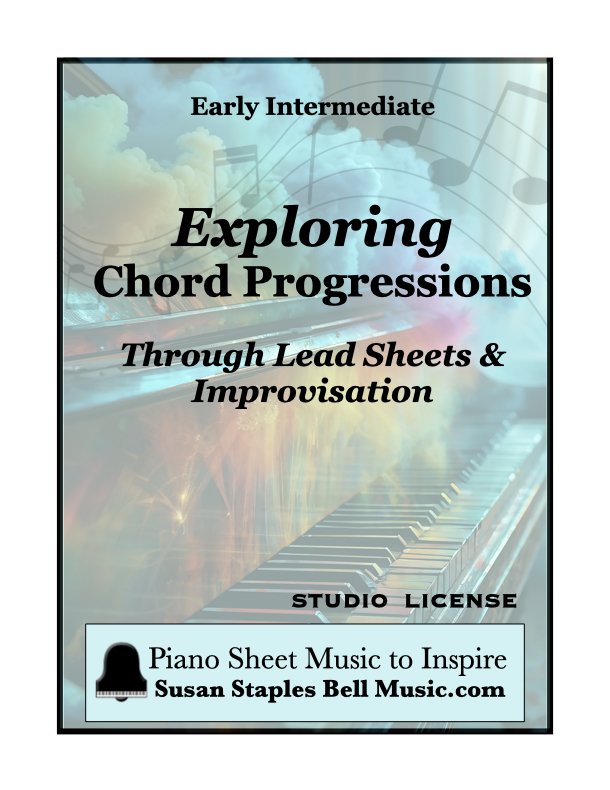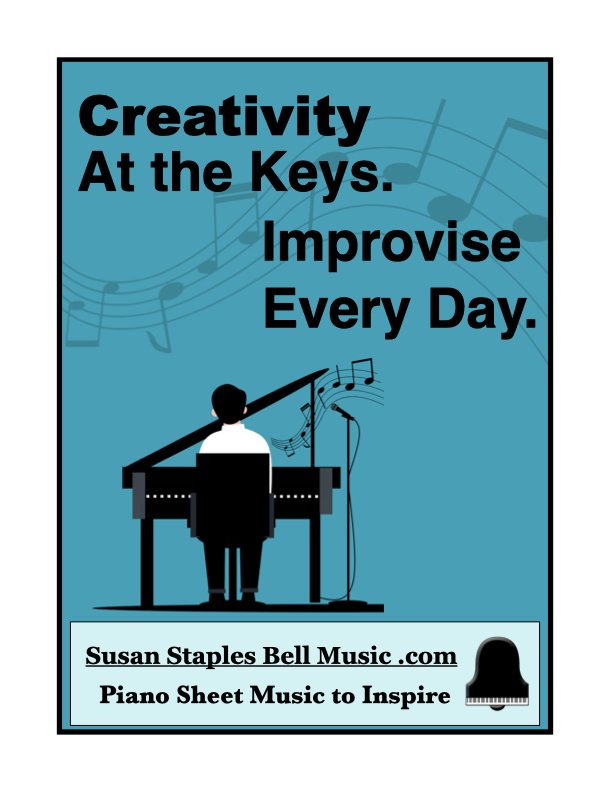Creativity at the Keys: 5 Easy Tips to Get Started Improvising
Creativity at the Keys: Improvise Every Day.
Improvisation is the act of creating music in the moment, without relying on written notes.
It can be as simple as experimenting with a melody, playing around with chords, or adding variations to a familiar tune. Improvisation isn’t limited to jazz—it can be applied to any style, from classical to pop, folk, or worship music.
Learning to improvise deepens a pianist’s understanding of music by strengthening their sense of harmony, rhythm, and musical structure. It also encourages creativity, allowing pianists to express themselves freely and develop their unique musical voice.
Most importantly, improvisation makes playing the piano more fun and engaging, transforming it from a structured activity into an open-ended musical adventure.
In this free resource, you’ll get:
5 Easy Tips to get you started Improvising, arranged from easiest to more challenging.
Simple teaching tips to help students break free from the notes 🎹
Step by step instructions to create:
Beginners break free of convention and create a Rain Storm
Next step- use your favorite piece as a jumping off point- embellish the melody.
Create your own melody using only the Black keys.
Create a melody using the D Minor Pentascale & add accompaniment.
Create a melody over a Pop chord progression.
If this is something you’ve been looking for, check out more great ideas in Exploring Improvisation Method Book.
Creativity at the Keys: Improvise Every Day.
Improvisation is the act of creating music in the moment, without relying on written notes.
It can be as simple as experimenting with a melody, playing around with chords, or adding variations to a familiar tune. Improvisation isn’t limited to jazz—it can be applied to any style, from classical to pop, folk, or worship music.
Learning to improvise deepens a pianist’s understanding of music by strengthening their sense of harmony, rhythm, and musical structure. It also encourages creativity, allowing pianists to express themselves freely and develop their unique musical voice.
Most importantly, improvisation makes playing the piano more fun and engaging, transforming it from a structured activity into an open-ended musical adventure.
In this free resource, you’ll get:
5 Easy Tips to get you started Improvising, arranged from easiest to more challenging.
Simple teaching tips to help students break free from the notes 🎹
Step by step instructions to create:
Beginners break free of convention and create a Rain Storm
Next step- use your favorite piece as a jumping off point- embellish the melody.
Create your own melody using only the Black keys.
Create a melody using the D Minor Pentascale & add accompaniment.
Create a melody over a Pop chord progression.
If this is something you’ve been looking for, check out more great ideas in Exploring Improvisation Method Book.


Creativity at the Keys: Improvise Every Day.
Improvisation is the act of creating music in the moment, without relying on written notes.
It can be as simple as experimenting with a melody, playing around with chords, or adding variations to a familiar tune. Improvisation isn’t limited to jazz—it can be applied to any style, from classical to pop, folk, or worship music.
Learning to improvise deepens a pianist’s understanding of music by strengthening their sense of harmony, rhythm, and musical structure. It also encourages creativity, allowing pianists to express themselves freely and develop their unique musical voice.
Most importantly, improvisation makes playing the piano more fun and engaging, transforming it from a structured activity into an open-ended musical adventure.
In this free resource, you’ll get:
5 Easy Tips to get you started Improvising, arranged from easiest to more challenging.
Simple teaching tips to help students break free from the notes 🎹
Step by step instructions to create:
Beginners break free of convention and create a Rain Storm
Next step- use your favorite piece as a jumping off point- embellish the melody.
Create your own melody using only the Black keys.
Create a melody using the D Minor Pentascale & add accompaniment.
Create a melody over a Pop chord progression.
If this is something you’ve been looking for, check out more great ideas in Exploring Improvisation Method Book.


